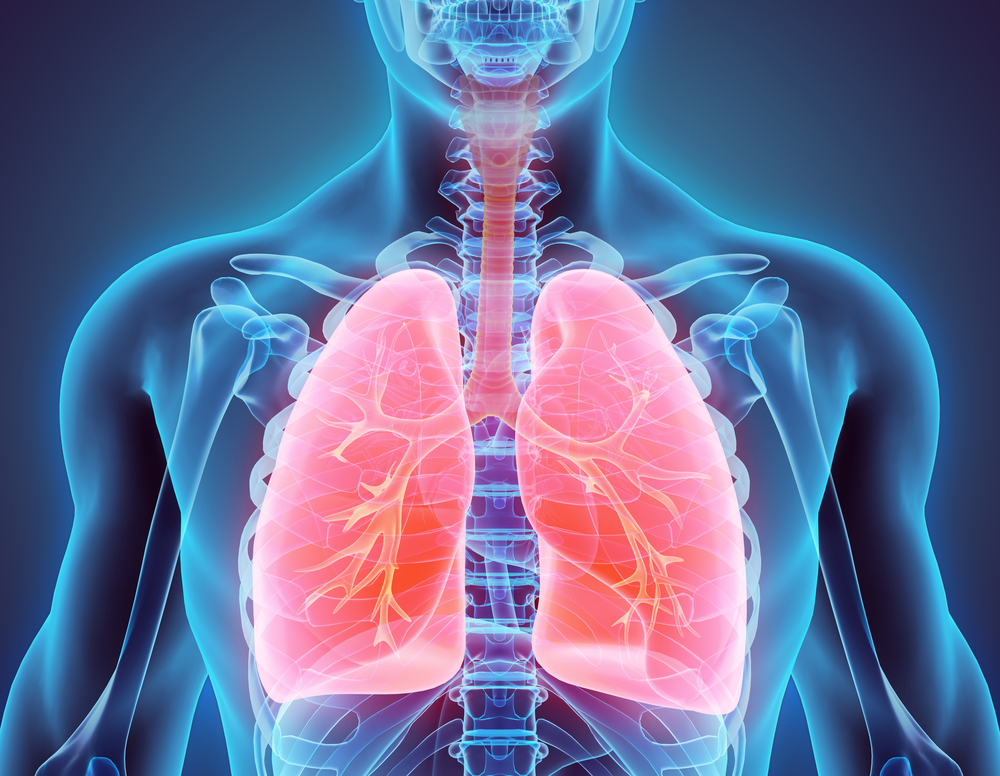Extracorporeal Life Support Helps iPAH Patients Needing Lung Transplant, but Outcomes Remain Poor

Extracorporeal life support improves the lung performance of people with idiopathic pulmonary arterial hypertension (iPAH) who need a lung transplant. But patients usually enter the transplant list at advanced stages of the disease, which leads to poor post-transplant outcomes.
A study with that finding, “The role of extracorporeal life support in the management with severe idiopathic pulmonary artery hypertension undergoing lung transplantation: are those patients referred too late?,” was published in the Journal of Thoracic Disease.
Lung transplant remains the most effective treatment for patients with advanced stages of iPAH. However, the risk of death and complications after the procedure are high, with iPAH patients having poorer outcomes among those who receive lung transplants.
Applying extracorporeal life support — a procedure that provides oxygen to the lungs and heart of end-stage patients — improves the overall condition of people waiting for a transplant, and can help treat some complications. However, not many studies have investigated the relationship between the procedure and lung transplant in iPAH patients.
A group of researchers in England and Germany now have evaluated how extracorporeal life support affects the outcome of iPAH patients after transplant, when used as a maintaining therapy while the patient waits for the transplant, or as a treatment for transplant complications. The patients analyzed underwent lung transplant from January 2007 to May 2014.
Of 321 lung transplants performed during the study, 15 corresponded to iPAH patients (13 double and two single transplants). Of these, four patients received extracorporeal life support before the transplant, and nine patients only after transplant. The median age of iPAH patients was 42, and 46.7% of them were female.
One year after receiving the transplant, 57.8% of the patients were still alive. The values after three and five years were 39.6 and 19.8%, respectively. This survival time is below that of the general lung transplant population, suggesting that iPAH patients have a poorer survival rate.
Patients with iPAH also stayed in the intensive care unit (ICU) and in the hospital for longer periods, and had worse overall lung function and less oxygen in their blood.
Extracorporeal life support was found to improve the overall clinical state of iPAH patients while they waited for the transplant. However, the team noted that iPAH patients were indicated for a lung transplant at late stages of the disease, which reduces the chances of a good outcome.
The team concluded that extracorporeal life support “is an essential tool in the armamentarium of any lung transplant program treating iPAH,” they wrote. However, the team emphasized that despite its use in iPAH management, the outcomes “remain poor compared to patients with other diagnoses.”
The team also suggested that “patients referred for transplantation before irreversible pulmonary and overall deterioration may not require extreme preoperative measures, such as [extracorporeal life support] and may have better survival after transplantation.”







